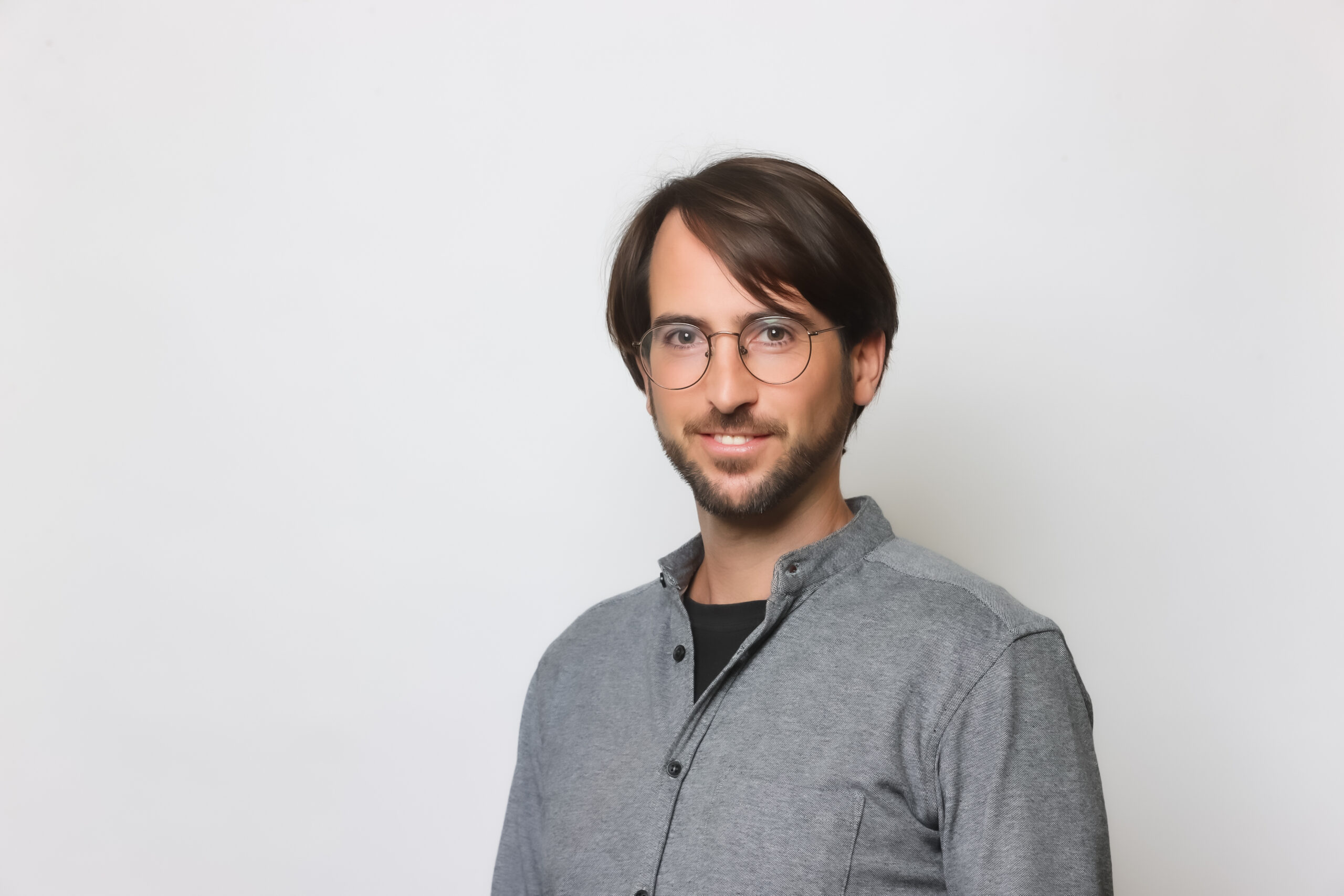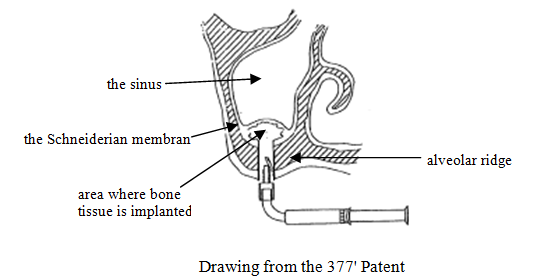Revocation of an Israeli patent due to claims not being supported by the specification. Drafters of claims: Be careful with your amendments


About nine years after filing his first patent application, the patent owner filed a divisional application which was granted with a new set of claims. These claims covered within their scope a device published during the period between the filing of the first patent application and the filing of the divisional application. After a patent was granted based on the above divisional application, the owner filed suit against an alleged infringer. In accordance with a court decision, the defendant filed a request for the revocation of the patent. While the typical revocation grounds are lack of novelty and/or inventive step, the patent in this case was revoked on the basis of a ruling that the new claims did not reasonably arise from the description. Moreover, the decision stated that the divisional patent is not entitled to its priority date. This resulted in the patent owner’s divisional claims not meeting the novelty requirement in light of the owner’s own intervening publication and as well as that of the revocation applicant, published between the filing date of the first application and the filing date of the divisional application.
Introduction
Last December, the Israeli Patent Office issued an interesting decision revoking a registered patent in the area of dental surgery. The decision is unique when considering the grounds for revocation. In most cases, the principal grounds raised in opposition proceedings and requests for revocation are lack of novelty, lack of inventive step and/or lack of utility1. However, in this case, the Patent Office revoked a divisional patent on the grounds that its claims were not supported by the description. The IP adjudicator hearing the case held that the claims defined the scope of protection more broadly than the invention originally described by the patent owner.
Background
The owner of the patent was Dr. Ben-Zion Karmon, D.D.S. The revocation applicants were Dr. Ephraim Kfir, a veteran dentist who developed an innovative device for dental surgery, and Miambe Ltd., of which Dr. Kfir was a director and principal shareholder.
At the center of the dispute stood Dr. Karmon’s Israeli patent no. 199377 (the “377′ Patent”), concerning a device used for a sinus lift medical procedure. A sinus lift is a surgical procedure that involves a bone transplant above the alveolar ridge in order to increase bone mass, which in turn enables permanent dental implants. The sinus cavity is located above the alveolar ridge and the nasal sides, and is lined with a tissue called the Schneiderian membrane. In order to implant bone material, part of the Schneiderian membrane in the lower sinus cavity must be moved upward. Bone material is then implanted into the space created between the alveolar ridge and the moved Schneiderian membrane, as illustrated in the following drawing:
 |
The 377′ Patent was granted to the Plaintiff on the basis of a divisional application he filed in 2009, which was divided from the parent patent application filed in 2000. The patent claims defined a device for displacing the Schneiderian membrane from the sinus floor, with its different elements including an expanding and inflatable container and filling material. Such claims were not included in the parent application.
The Dispute
The dispute commenced with Dr. Karmon filing a suit against Dr. Kfir and Miambe Ltd. in the District Court for infringement of the 377′ Patent. At issue was Dr. Kfir’s device, which used an inflatable container inserted over the alveolar ridge and underneath the Schneiderian membrane to move the membrane with minimal surgical interference. As a result, the device allowed for raising the Schneiderian membrane with a reduced danger of tearing.
In the proceedings before the Central District Court, the defendants argued that the 377′ Patent was invalid. The Court put forth before the parties the proposal that the patent’s validity issue be discussed before the Patent Registrar in the framework of a request for the revocation of the 377′ Patent.
The Revocation Request and the Parties’ Arguments
In the revocation request, Dr. Kfir explained that he had first formulated the idea for a minimally-invasive mechanism for separating the Schneiderian membrane by use of a balloon catheter filled with fluid in 1996. He also asserted that he first tested the idea at the beginning of 2000, and that as of 2003, a sinus lift had been carried out by him by means of a balloon catheter. According to Dr. Kfir, he continued to improve the idea and later arrived at an invention in 2006, at which point he filed his own patent application and started publishing the invention. In 2007, he and his partners founded Miambe Ltd., and in 2008 the company began marketing a pilot device.
The revocation applicants alleged that Dr. Karmon became familiar with Dr. Kfir’s invention after Dr. Kfir filed his patent application and published the invention in 2006. According to Dr. Kfir, Dr. Karmon subsequently decided to file his divisional application in order to obtain a patent that included claims that read upon Dr. Kfir’s device.
In the revocation proceedings, Dr. Kfir’s principal argument was that Dr. Karmon’s 2000 patent application only described a device for transplanting bone material – not for raising the Schneiderian membrane. Consequently, he argued, the claims in Dr. Karmon’s divisional patent application defined a device that he had not invented at the time of the original 2000 filing, and therefore his divisional claims were not supported by the patent specification. More specifically, Dr. Kfir argued that Dr. Karmon’s original application described a device designated to augment the sinus floor bone, not to lift the Schneiderian membrane, and that Dr. Karmon’s patent specifically described a container made at least partially from absorbable material, filled with bone material. This was contrasted with the broad claims in the 377′ Patent, which defined a container, while being silent regarding the materials that the container is made of and its filling material.
In defense of the 377′ Patent, Dr. Karmon argued that the patent description “does not negate” the possibility of a container made entirely from non-absorbable and non-bone materials. He also relied on other parts of the patent, though these were deemed irrelevant to the invention defined in the new claims.
The Patent Office’s Decision
Section 13(a) of the Patents Law stipulates that, “The specifications shall end with a claim or claims that define the invention, on condition that each said claim reasonably arise out of the subject described in the specification.” This Section reflects the need to ensure that patent claims faithfully reflect the invention described in the specification of the patent application. To determine whether a specific claim reasonably arises from the description in the specification, the claims must be examined against the scope of the invention described in the specification – that is, the description and drawings contained in the patent application.
After examining Dr. Karmon’s claims relating to the 377′ Patent on account of the patent specification, the Patent Office’s IP adjudicator arrived at the following conclusions:
- The purpose of the device that was claimed in the 377′ Patent was different from the purpose of the device described in the description. The purpose of the original device was to insert bone material into the sinus cavity. However, the device arising from the claims of the divisional application was designed for the sole purpose of displacing the Schneiderian membrane. No such purpose was disclosed in the original description.
- The IP adjudicator also accepted Dr. Kfir’s arguments that the container and filling material described in the 2000 patent were different from the container and filling material arising from the 377′ Patent’s claims. The container described was at least partially made from absorbable material, while the claims of the 377′ Patent application included no such restriction on materials. Further, no support for such a container could be found in the description. Similarly, the original description repeatedly referenced the Schneiderian membrane and did not describe any filling material other than bone tissue. This too was contrasted with the 377′ Patent’s claims.
The IP adjudicator therefore determined that the container made at least partially from absorbable material and filling material made from bone tissue were essential elements for the device disclosed in the relevant portion of the patent description. Omitting these essential elements from the 377′ Patent’s claims and replacing them with claims having a broad scope being silent with respect to the material of the container and the filling material, led to the conclusion that the 377′ Patent’s claims could not reasonably arise from the description, as required by Section 13(a) of the Patents Law.
With respect to Dr. Karmon’s arguments on the alleged support in the description for the material of the container and the filling material as defined in the divisional claims, the IP adjudicator held that:
- It was impermissible for Dr. Karmon to selectively rely on specific expressions in the specification – particularly where those specific expressions were not relevant to the invention defined in the new claims – and ignore other parts relevant to the device claimed.
- The use of unrestrictive terms like “can be” and “preferably” in the patent specification cannot broaden the scope of original invention to encompass unlimited possibilities.
- As a result, not only did Dr. Karmon’s new claims not reasonably derive from the description, but they also were not entitled to the priority date of the parent patent.
Based on these holdings, the IP adjudicator reassigned the patent date for the 377′ Patent to its filing date in 2009. By this time, another patent application of the patent owner as well as a patent application of Dr. Kfir’s application had already been published, and it was determined that both of them deny novelty from the claims of the 377′ Patent.
Comments on the Decision
- The IP adjudicator’s decision in this revocation proceeding highlights the importance of the patent description. While the applicant’s claims ultimately define the scope of protection for the invention, the description limits the scope of the invention that can be claimed. It is important to remember this when drafting patent applications, and applicants should seek to describe the embodiments of their inventions as broadly as possible in light of the relevant prior art.
- When a patent description includes a number of different embodiments of the invention, one cannot assume that what is described for one embodiment will be considered as support for another. If some of the embodiments have common features, these features should be explicitly noted in the description. Applicants should not simply rely on general statements on the presumption that these will provide the necessary support for their claims.
- In light of the basis for its holdings, the IP adjudicator did not address Dr. Kfir’s argument that Dr. Karmon had formulated the claims for his divisional application with the intention that the claims apply to the device of Dr. Kfir and Miambe Ltd. Nonetheless, the case counsels against the practice of amending claims in a patent application to read on a product of a third party.
1 Grounds based on Sections 3, 4 and 5 of the Patents Law, respectively.
This article is provided for general information only. It is not intended as legal advice or opinion and cannot be relied upon as such. Advice on specific matters may be provided by our group’s attorneys.
